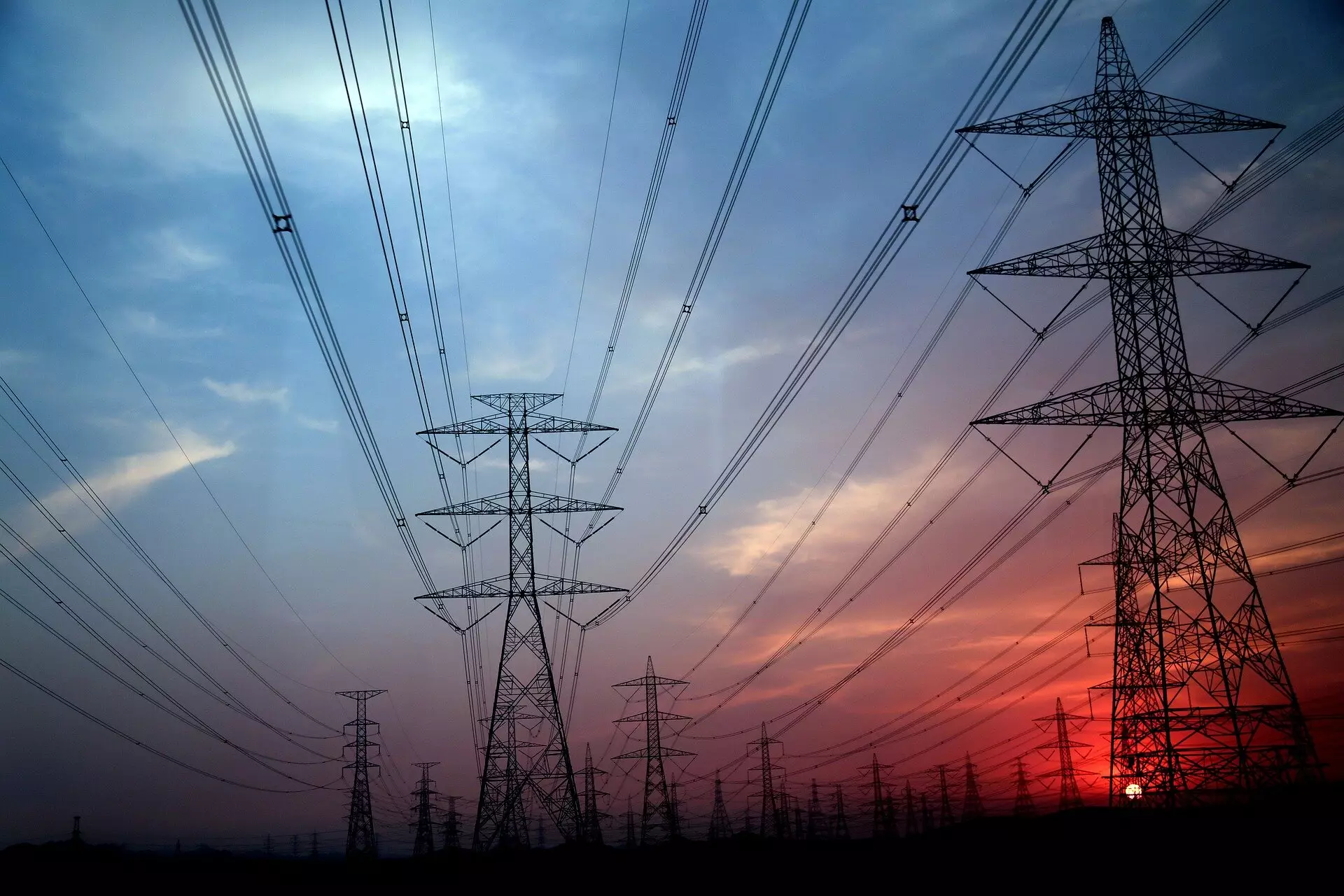As the world grapples with the urgent need to mitigate climate change, the energy sector finds itself at a crossroads. Traditional energy systems, particularly gas and electric utilities, are no longer operating in isolation. With mounting pressure from clean energy policies that advocate for a transition away from fossil fuels, these utilities are entering an unprecedented phase of competition. In light of this, it is essential for state regulators to reassess their current regulatory frameworks and adopt a more integrated approach. A recent white paper from scholars at Stanford University and the University of Notre Dame articulates this necessity and outlines a roadmap for better coordination between gas and electric utilities.
Understanding the Landscape: Competition and Challenges
Historically, gas and electric utilities have maintained distinct operational domains; however, the landscape is changing rapidly. With a heightened focus on achieving zero-carbon emissions in buildings, both sectors are vying to capture market share in areas such as heating and cooking. Electric technologies like heat pumps and induction stoves are gaining traction, prompting gas utilities to react defensively and try to retain their customer base. The influx of incentives for electrification, particularly through the federal Inflation Reduction Act, is amplifying this competitive tension.
This environment poses significant regulatory challenges. As Joshua Lappen, one of the paper’s authors, notes, utility regulators are faced with a complex web of issues encompassing climate change, public safety, and social equity. With both gas and electric utilities providing analogous services, the potential for inefficiencies arises, leading to higher costs for consumers and the possibility of stalled decarbonization efforts. The white paper argues that failure to recognize this competitive dynamic could hinder progress toward the much-needed transition to renewable energy sources.
The Stanford and Notre Dame researchers advocate for a paradigm shift in how public utility commissions (PUCs) approach their regulatory duties. By taking a holistic view of the energy landscape, regulators can advance strategies that unify gas and electric utilities into a singular energy sector. This reformation would enhance planning, optimize investments, and minimize economic inefficiencies. The white paper posits that coordinated planning would not only streamline efforts to decarbonize but also shield consumers from the financial burdens associated with maintaining two separate distribution systems.
In essence, the proposal calls for regulators to consolidate regulatory processes for utilities operating within the same territories. This consolidation could involve potential mergers, ultimately creating integrated energy service providers that cater to diverse energy needs while ensuring fairness and reliability in service.
The report underscores the hazards tied to maintaining the status quo. Gaz utilities, motivated by profit, are incentivized to perpetuate investments in fossil fuel infrastructure, which often have long lifetimes that extend beyond decarbonization deadlines. This approach not only endangers climate objectives but also poses financial risks to consumers who may find themselves bearing the brunt of outdated investments.
Conversely, proactive regulation and strategic planning could mitigate these risks, enabling a smoother transition to clean energy systems. By addressing the competition head-on and fostering collaboration between gas and electric utilities, stakeholders can unlock the potential for a more resilient and equitable energy economy.
The insights garnered from the recent white paper reflect a crucial juncture in energy regulation. As climate goals become increasingly ambitious, reconciling the roles of gas and electric utilities is essential for driving meaningful progress. Co-author Amanda Zerbe encapsulates this sentiment, urging regulators to modernize their approaches to align with contemporary energy needs.
The future of energy regulation hinges on the ability of state public utility commissions to transcend traditional boundaries and envision a unified energy ecosystem. By doing so, they can not only advance the transition to zero-carbon energy systems but also ensure that it occurs in an equitable manner. In a time when the stakes have never been higher, serious consideration of these recommendations could shape a sustainable energy future for generations to come.

